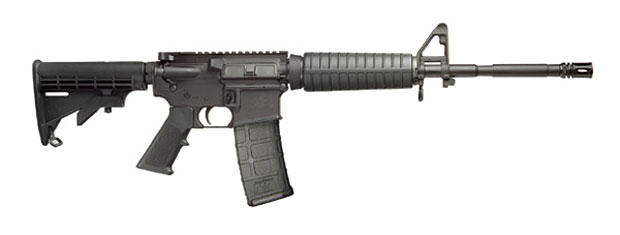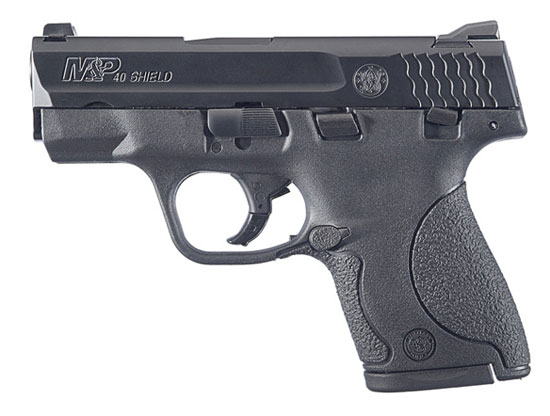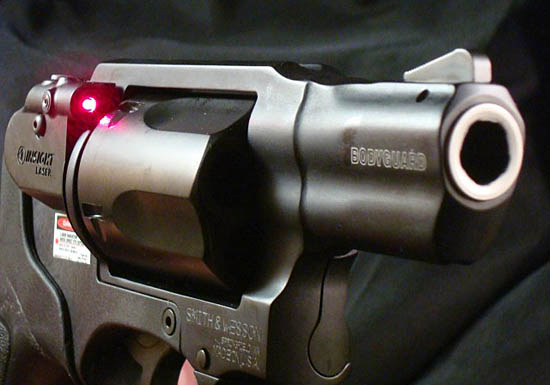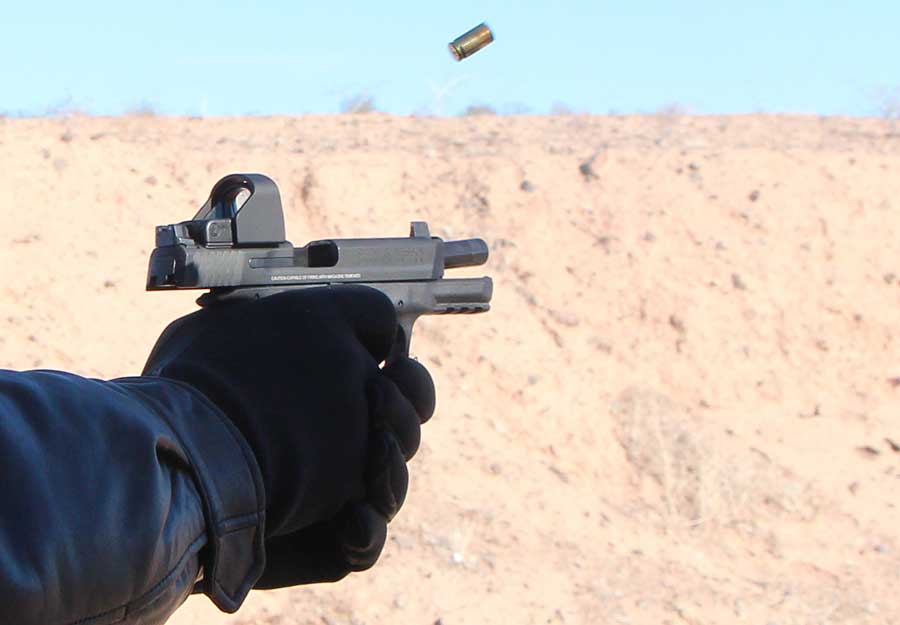Getting rid of Walther, grabbing market share and selling to the professional market all contributed to increased sales and gross profit for Smith & Wesson in the quarter ending August 31, 2013 according to company officials.
For consumers, the best news might have been the company’s focus to eliminate the order backlog and the goal to move from operating at capacity to operating at demand.
So, what new guns does the company have in the pipeline, and what role will the state of Illinois play in the future of Smith & Wesson? Let’s take a look at the past quarter and gaze into the future with the insights gained from the company’s latest earnings call.
Goodbye Walther, Hello Profits
For the quarter, Smith & Wesson had net sales of $171.0 million, which was a increase of 25.8% over the same quarter the previous year. While impressive, it does not tell the whole story.
Smith & Wesson’s agreement to distribute Walther products ended in April 2013. If the sales of Walther products were removed from the quarter ending in August 2012, sales growth was even more impressive: 36.4%. That number represents an increase in the sales of just Smith & Wesson products.
It is certainly possible that Walther firearms products would have sold at the same, or even greater, rate that the S&W branded products had the distribution agreement still been in place for the most recent quarter. S&W showed a gross profit of 42.6% of net sales for the quarter, compared to 37.7% for the quarter the prior year ($72.8 million vs. $51.2 million.)
But the gross profits, as a percent of net sales, would not have been as large if James Debney, Smith & Wesson’s president and CEO, is to be believed. “We’ve said for some time the Walther distribution business was some of our lowest margin business,” said Debney.
Professional Sales
Professional sales – sales to military and law enforcement – were up 58% in the quarter. Debney credited these sales to be driven mainly by sales to law enforcement agencies such as the Los Angeles County Sheriff’s Department (LASD), law enforcement distributors, the Japanese Department of Justice and the Japanese Coast Guard. These sales were of M&P pistols and M&P 15 rifles.

Specific numbers of firearms sold are rarely, if ever, released by the company. However, the press release from Smith & Wesson on the LASD contract indicates the department fields about 13,000 personnel with sidearms. That five-year contract alone probably makes a noticeable impression on the company’s bottom line.
What’s Selling?
Concealed carry and professional guns appear to be some of the best sellers in the Smith & Wesson catalog.During the earnings call, Debney provided some insight into the most popular selling firearms:
- M&P pistols, with a special emphasis on the Shield
- Bodyguard 380
- small framed revolvers with a special mention of the Bodyguard 38
- M&P 15 rifles
- E-series 1911 pistols
Handguns, especially concealed carry handguns, appear to be excellent sellers for the company.

When asked what affect, if any, the new Illinois concealed carry law might have on orders, Debney stated the company does not know to what degree the law will impact sales of S&W products. “[The new law] bodes well for the long term” said Debney who noted that when a similar law was enacted in Wisconsin, there was a noticeable uptick in orders.
Orders and Backlogs
One of the frustrations that consumers and dealers share is the restricted supply from manufacturers, including Smith & Wesson. Like other companies in the industry, Smith & Wesson has expanded capacity, improved workflow efficiency and has been running wide open to fill orders.
Even with the increased sales, Smith & Wesson has met with some success on shrinking the backlog of orders. The company will continue to reduce the backlog, and is moving to run at demand instead of running at capacity. Debney said he is “encouraged” by the progress the company has made but was not able to give a timeframe of when the backlog would be completely eliminated.

“One of the most acute problems [in reducing the backlog]” is found with the small frame revolvers said Debney. He indicated that demand continues to outstrip supply for them. He also said the situation is similar for production of the Shield and Bodyguard 380 handguns.
Future Guns
Debney has been very tight lipped about any new product introductions, stating that the company is taking a “strategic” approach to all new firearms roll outs. This matches what has been said at prior earning calls. In the past Debney has said Smith & Wesson will introduce new guns when a variety of criteria are aligned including market timing and production ability.
For major new gun announcements, I would expect a roll out similar to the introduction of the Shield pistols. When that gun was officially introduced at the 2012 NRA Annual Meetings & Exhibits in St. Louis, the company had a variety of accessory manufacturers already online with holsters, lasers and other gear for the pistols. That allowed a consumer to walk into a gun store and buy everything he or she might want right then.

However, there are likely to be many new models and variations of existing products introduced at the SHOT Show and throughout the year without the need for a major push. The CORE pistol variants in the M&P line are an example of that.
While specific guns were not announced, one could reasonably speculate that the company will continue to pursue the markets that are profitable to them now, with an emphasis on professional guns and concealed carry handguns.
Disclaimer: I am not a financial reporter. I do not give financial advice. None of the information in this article should be relied on for making any financial decisions. I do not have any financial interests in Smith & Wesson or any company in the firearms industry.

3 replies on “Smith & Wesson: Guns & Profit”
There are some who don’t like S&W for whatever reason, maybe because they’re headquartered in unfriendly Massachusetts. I own several S&W pistols and AR-15’s and have found them to be very trustworthy and accurate. I’m glad to hear they are making a profit, and hope to see new lines and upgrades as a response to that profit.
Good information. It is probably good for both Walther and Smith & Wesson to have ended that agreement.
I’m happy S&W is doing so well. I was around during the bad years of Brit ownership and I thought the company might be doomed. It is good to see them turning the company around.
Now, if they would just get rid of the internal locks on the revolvers…